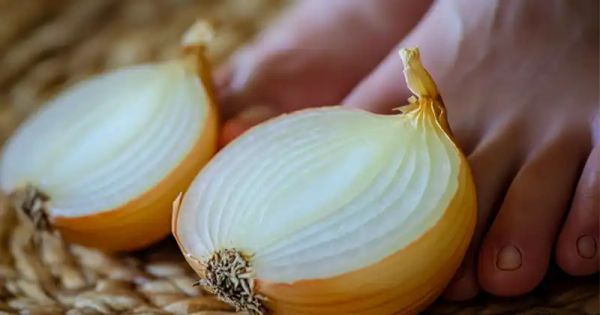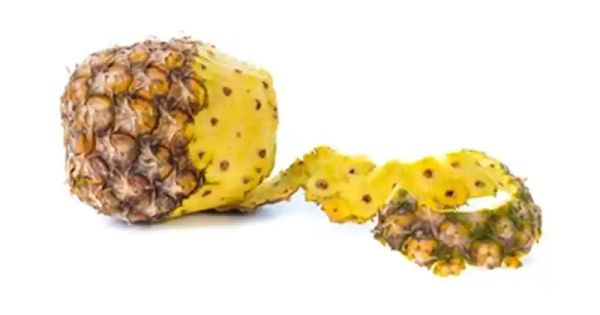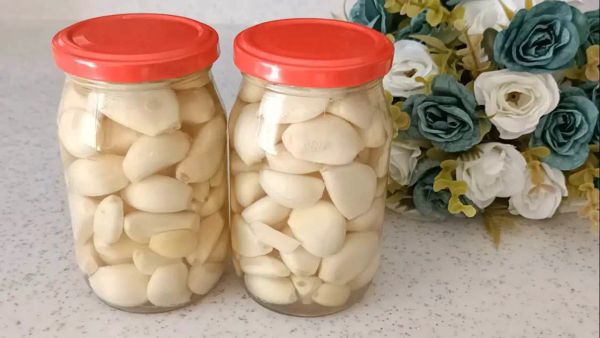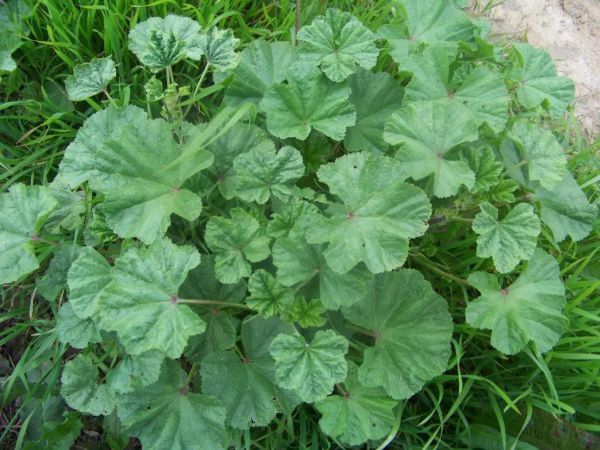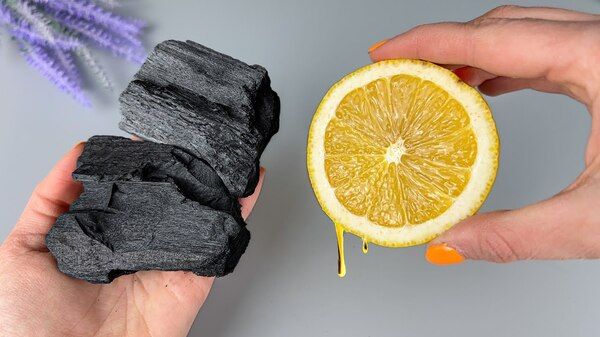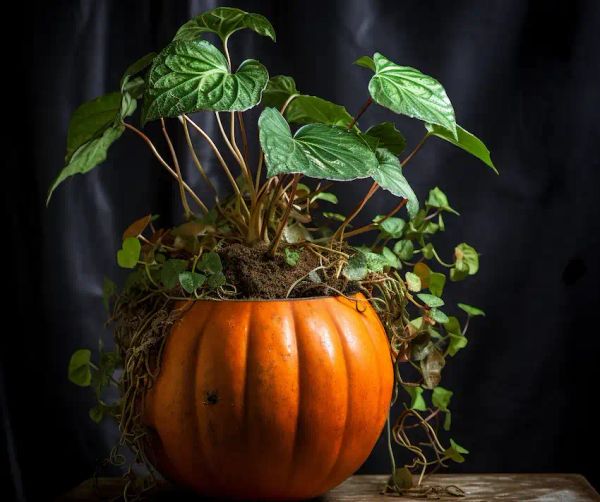
Growing pumpkins in containers can be a delightful and rewarding experience, even if you have limited space. It allows you to harvest your own fresh pumpkins right at home. Whether you’re a gardening enthusiast or a beginner, here’s a detailed guide to help you successfully grow pumpkins in containers.
Choosing the Right Container
When selecting a container for your pumpkin plants, keep the following factors in mind:
- Size: Opt for a container that’s at least 15 gallons in volume. This provides sufficient space for the roots to spread and grow.
- Depth: Ensure a container with a depth of at least 18 inches. This accommodates the deep root system of pumpkin plants.
- Drainage: To prevent waterlogging, drill holes in the bottom of the container for proper drainage.
Selecting the Right Pumpkin Variety
For container gardening, choose compact or bush varieties that are well-suited for limited spaces. Some container-friendly pumpkin varieties include ‘Small Sugar,’ ‘Baby Boo,’ or ‘Jack Be Little.’ Additionally, consider the size of your container when selecting a variety.
Soil and Planting
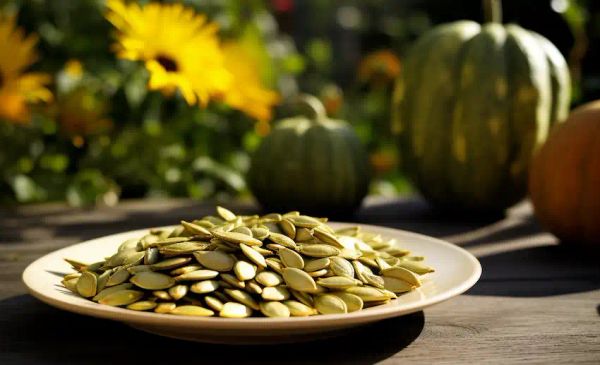
Getting the soil right is crucial for successful pumpkin growth. Follow these steps:
- Soil Mix: Use a rich and well-draining potting mix that contains organic matter. Consider adding compost or aged manure to enhance the nutrient content.
- Planting Seeds: Sow 2-3 pumpkin seeds about 1 inch deep in the center of the container. Once they sprout, thin out the weakest seedlings and keep the healthiest one.
- Spacing: If you’re planting multiple seeds, space them at least 18-24 inches apart to ensure adequate room for growth.
Watering and Sunlight
Paying attention to watering and sunlight requirements is essential for healthy pumpkin plants:
- Watering: Keep the soil consistently moist, but avoid over-watering to prevent waterlogging. Water deeply and allow the soil to dry slightly between waterings.
- Sunlight: Place your container in a spot that receives at least 6-8 hours of sunlight each day for optimal growth.
Care and Maintenance

To ensure your pumpkins thrive, follow these care and maintenance tips:
- Support: As the vines grow, provide support using a trellis or support structure. Gently train the vines to climb the support, which improves airflow and prevents rot.
- Fertilization: Apply a balanced, slow-release fertilizer or diluted liquid fertilizer every 2-3 weeks to provide essential nutrients.
- Pruning: Trim excess foliage and smaller fruits to redirect the plant’s energy towards the main pumpkin.
Pest and Disease Control
Keep an eye out for pests and diseases that can affect pumpkin plants:
- Pests: Regularly inspect your plants for aphids, squash bugs, or cucumber beetles. Consider using organic insecticidal soap or neem oil for control.
- Diseases: Powdery mildew can affect pumpkins. Ensure good airflow around the plant and use fungicides if necessary.
Harvesting
When the time comes to enjoy the fruits of your labor, follow these guidelines:
- Timeline: Pumpkins typically take 75-100 days to mature, depending on the variety.
- Signs of Maturity: Look for a deep, consistent color, hard rind, and dried stem. The pumpkin should sound hollow when tapped.
- Harvesting: Use pruning shears to cut the pumpkin from the vine, leaving a few inches of stem attached.
Growing pumpkins in containers may require attention to detail, but it’s a highly rewarding experience, especially with the right care and maintenance. So, don’t worry if you encounter setbacks along the way. Embrace the process, as each attempt will provide valuable insights for future success. Happy gardening!

